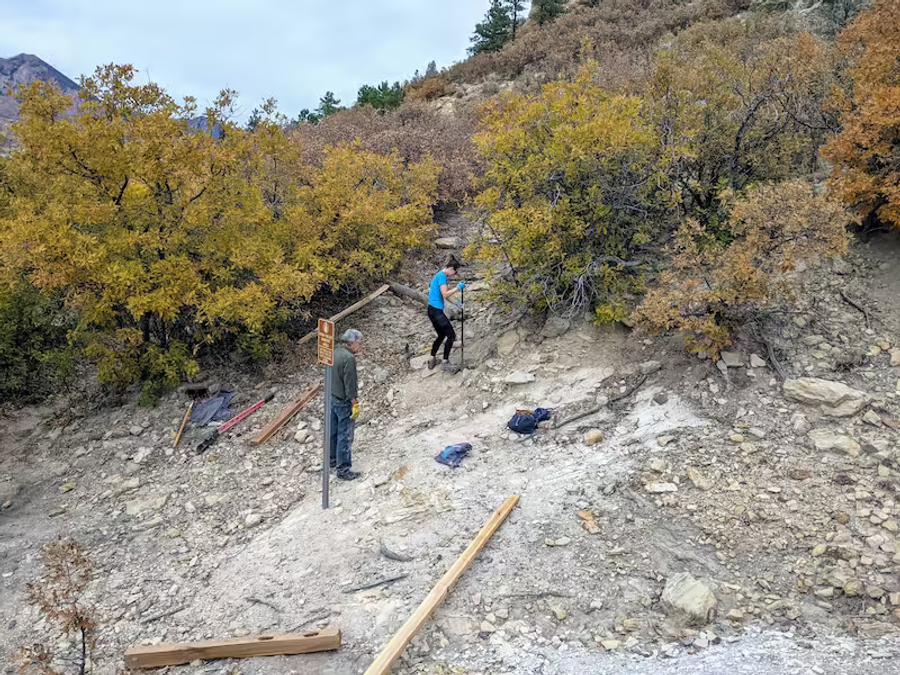Why Does Ute Valley Park Have The Trails It Does?

The Friends of Ute Valley Park receives many inquiries over the year about Ute Valley Park. A substantial amount of those inquires regard why a trail has been closed, moved, rearranged or opened.
The Master Plan (2015)
For those unaware Friends of Ute Valley Park is a volunteer organization consisting of 8 volunteer committee members who are tasked with the stewardship and educating users about Ute Valley Park and the 7 Principles of Leave No Trace. Additionally, we organize and recruit volunteers for our bi-monthly volunteer evenings and special volunteer events. During these events volunteers assist the city of Colorado Springs park ranger in implementing the 2015 Master Plan.
In 2015 the city of Colorado Springs in coordination with the community developed the Ute Valley Park Master Plan. The Master Plan establishes a plan for how the park is laid out to protect wilife, prevent damaged resources and allow the community to enjoy its natural beauty.
This Master Plan is intended to cohesively guide future site development of the original park site, the newly acquired Hewlett-Packard property and the adjacent, but separate, portion of the Rockrimmon Open Space. The Management Plan establishes recommendations for preservation and protection of high value resources, restoration of damaged resources, and the management of all natural resources and developed facilities.
The Master Plan recommends that non-system trails be closed.
All trails (rogue or otherwise) not in the approved trail system are recommended to be closed.
Since 2015 the city park rangers and Friends of Ute Valley Park have been working towards achieving the goals of the Master Plan. That process includes closing non-system trails and constructing trails aligned with the objectives of the Master Plan.
What Goes Into a Sustainable Trail
When the Master Plan was being worked on for the new trail system the main focus was creating a sustainable trail system that would accommodate the various use cases in Ute Valley Park. Primary use cases consist of hiking, mountain biking, jogging, and bouldering.
Trail sustainability requires consideration of and attention to protection of the natural and cultural resources, trail safety, long-term durability, construction cost, structural integrity, social behavior and maintenance. Compliance with and proper execution of consistent design and construction standards that reduce entrenching, braiding, erosion and sediment loading, will best ensure durable, safe, sustainable trails.
If that sounds like a mouthful Vox has a great video demonstrating the thought process of what goes into building sustainable trails.